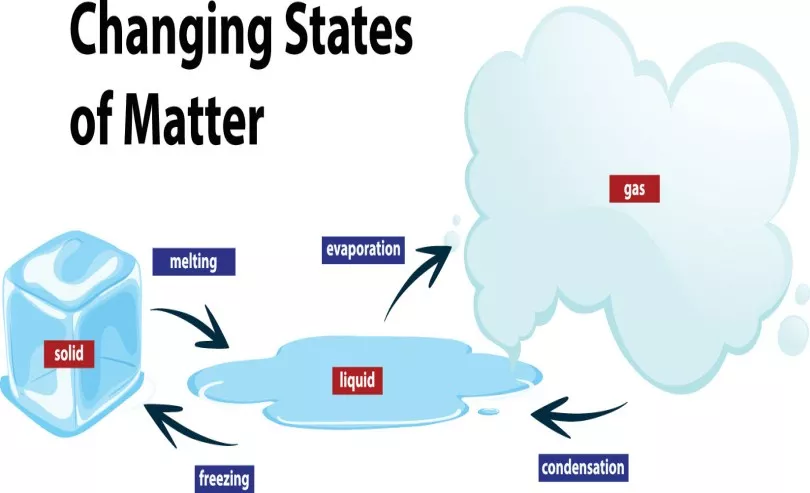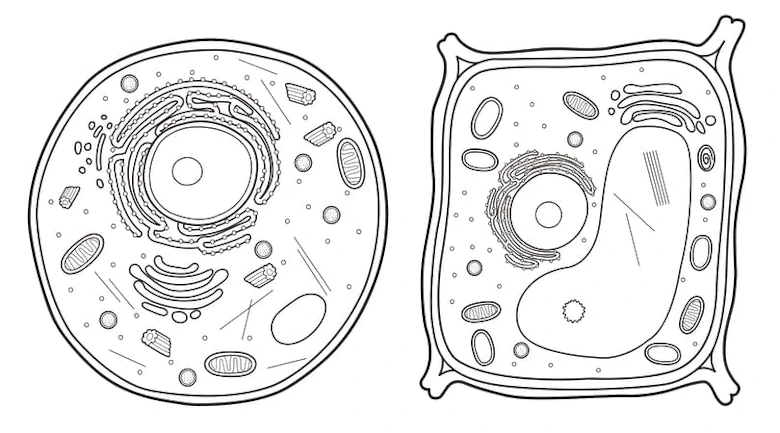Changing states of matter: Exploring the transformation of substances

Matter is all around us, and it can exist in three primary states: solid, liquid, and gas. These states are not static; they can change under different conditions. Understanding these transformations is crucial in various scientific fields and has practical applications in industries such as chemistry, physics, and engineering.
The three states of matter
Solid state
Solids are characterised by a definite shape and volume. The particles in a solid are closely packed together and have limited movement. Examples of solids include ice, wood, and rocks.
Liquid state
Liquids take the shape of their container but maintain a constant volume. The particles in a liquid have more freedom to move than in solids but less than in gases. Common liquids include water, oil, and milk.
Gas state
Gases have neither a definite shape nor volume. Their particles are widely spaced and have high mobility. Examples of gases include oxygen, carbon dioxide, and helium.
Phase transitions
Now, let's explore the fascinating world of phase transitions, where matter changes from one state to another.
Melting
Melting is the transition from a solid to a liquid. It occurs when a solid is heated to a specific temperature, known as its melting point. For example, ice melts into water at 0 degrees Celsius.
Freezing
Freezing is the reverse of melting, where a liquid becomes a solid. It happens when a liquid is cooled to its freezing point. Water freezes into ice at 0 degrees Celsius.
Vaporisation
Vaporisation involves the transformation of a liquid into a gas. This occurs when a liquid is heated to its boiling point. For instance, water vaporises into steam at 100 degrees Celsius.
Condensation
Condensation is the opposite of vaporisation. It is when a gas changes into a liquid. When steam cools down, it condenses into water droplets.
Sublimation
Sublimation is a unique transition where a substance goes directly from a solid to a gas without passing through the liquid phase. Dry ice, which turns into carbon dioxide gas, is a notable example.
Real-world applications
Understanding changing states of matter has practical applications in various industries.
- Cooking: Cooking involves altering the states of matter in ingredients. For example, frying an egg changes the liquid egg white into a solid.
- Pharmaceuticals: Pharmaceutical companies use state changes to create pills with controlled release mechanisms.
- Weather: Understanding state changes in the atmosphere helps meteorologists predict weather patterns.
- Chemical Reactions: Chemical reactions often depend on the states of reactants and products.
In conclusion, the changing states of matter are a fundamental concept in science and have practical implications in various industries. Understanding how matter transitions from one state to another is essential for innovation and problem-solving.


 SG
SG  VN
VN 

















